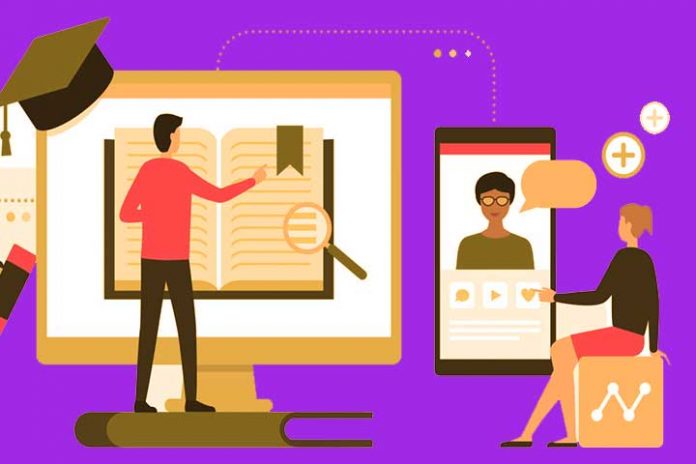The current approach to the education system has problems. That is why movements for innovation in education are becoming increasingly important. Movements focused on avoiding the recurring problem of students’ passivity. Learning is an active process, so it is essential to capture students’ attention and motivate them to participate. And to achieve this, the key may be multimedia content.
Teachers as producers of multimedia content and the flipped classroom
Some teachers use the time in the classroom to deliver the same lessons year after year. Occasionally to correct exercises that students must bring solved from home.
This model greatly limits the help that the teacher can provide to his students. You can answer questions that arise in class, but most of the questions will arise when students put the lessons into practice to solve the exercises.
That is why, for a long time, many teachers have asked their students to read the next day’s lesson to themselves at home and write down their doubts. And once in the classroom, exercises are carried out, usually in groups. Meanwhile, the teacher passes from group to group solving individual doubts.
This is known as a flipped classroom: What was done in the classroom is done at home, and what was done at home is done in the classroom. This allows the teacher to have a more direct relationship with each student instead of being a distant figure that addresses everyone simultaneously.
One drawback of this model is that students may have difficulty understanding the lesson independently before going to the classroom to complete assignments, especially if their only recourse is in a textbook rather than something more visual.
Also Read: The Race Between Education And Technology
The video library is a teaching resource
Let’s take an example: A teacher records his lessons on video and posts them on the internet. As the lesson is not live, the teacher can use visual and editing effects to make the lessons as clear as possible.
For their part, students can repeat the lessons as many times as they need. Not all students are obliged to go simultaneously; some may stop reviewing; others, driven by curiosity, may learn a specific concept on the spot.
This is just an example. Multimedia content does not have to be limited to videos. If they prefer, teachers who do not feel comfortable recording videos can make slides available to their students. The important thing is that students have access to this library of resources. This can be as simple as sharing your media content on a cloud. However, there are other specific platforms for teaching more appropriate.
The LMS or learning management systems
Over the years, more sophisticated tools have emerged for the proper use of multimedia content in education. These tools began to be developed for use in fully online models of learning, e-learning. But they are increasingly being used as a support system in other educational settings.
We are talking about learning management systems or virtual learning environments such as Moodle. These LMS not only allow you to upload multimedia content but also have a wide variety of applications:
- Organize course calendars among multiple teachers
- Give students exercises that are automatically corrected, giving direct feedback to the student.
- Allow students to cooperate on forums and wikis. Even allow them to upload their multimedia content.
- Would you please keep a record of the activity of the students within the platform: How much time they dedicate to each lesson or in which exercise more of them are stuck?
- Modify uploaded multimedia content quickly after analyzing the students’ responses.
- Evaluate the students’ progress over time and be able to offer an individual response to each case.
These are just examples of the potential of web 2.0 for teaching. On this basis, more techniques can be added to keep the students interested and facilitate their learning.
Also Read: The Benefits Of Skills Assessment In The Workplace
Interactive multimedia content and gamification
Gamification or gamification is applying game dynamics and elements in an area other than leisure, in this case, education. Well applied, this technique has great potential to encourage the active participation of students, favouring their learning.
A possible problem with gamification is that the barrier to entry for teachers is higher. Producing interactive multimedia content from scratch is significantly more difficult than producing videos or slides. Fortunately, today, there are simple tools to introduce game elements into digital resources.
Educational games created in this way can play a role both outside and inside the classroom. Many educational centres are betting on using multimedia content on mobile devices as part of their educational strategy. These devices have many advantages:
- They are intuitive
- They allow access to the LMS anytime, anywhere.
- They are easier to transport than textbooks.
- They are very useful in capturing the students’ attention.
- They are compatible with various useful applications in the classroom.
On the other hand, mobile devices also have their drawbacks. That is why it is important to pay attention to students’ use in the classroom.
Today it is necessary for teachers to include digital content in their educational strategy. Either producing it themselves or finding suitable content to share with students.
Not all strategies have to turn electronic resources into the protagonists. And, of course, there is no point in abandoning traditional practices that have worked so far. But it is certainly more practical to turn new technologies into allies than to compete with them.

